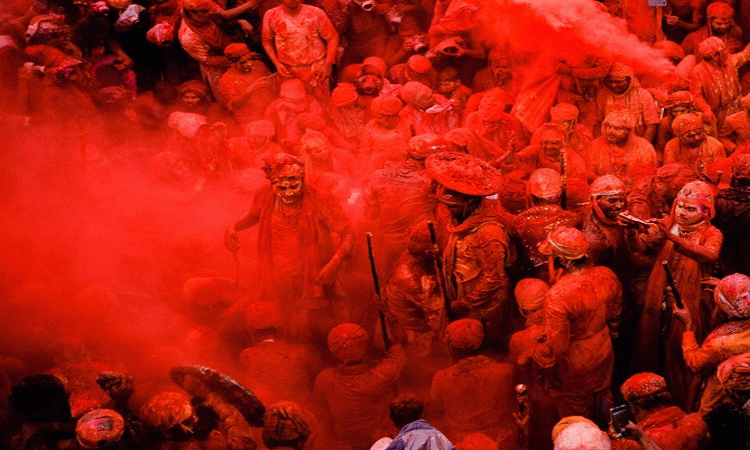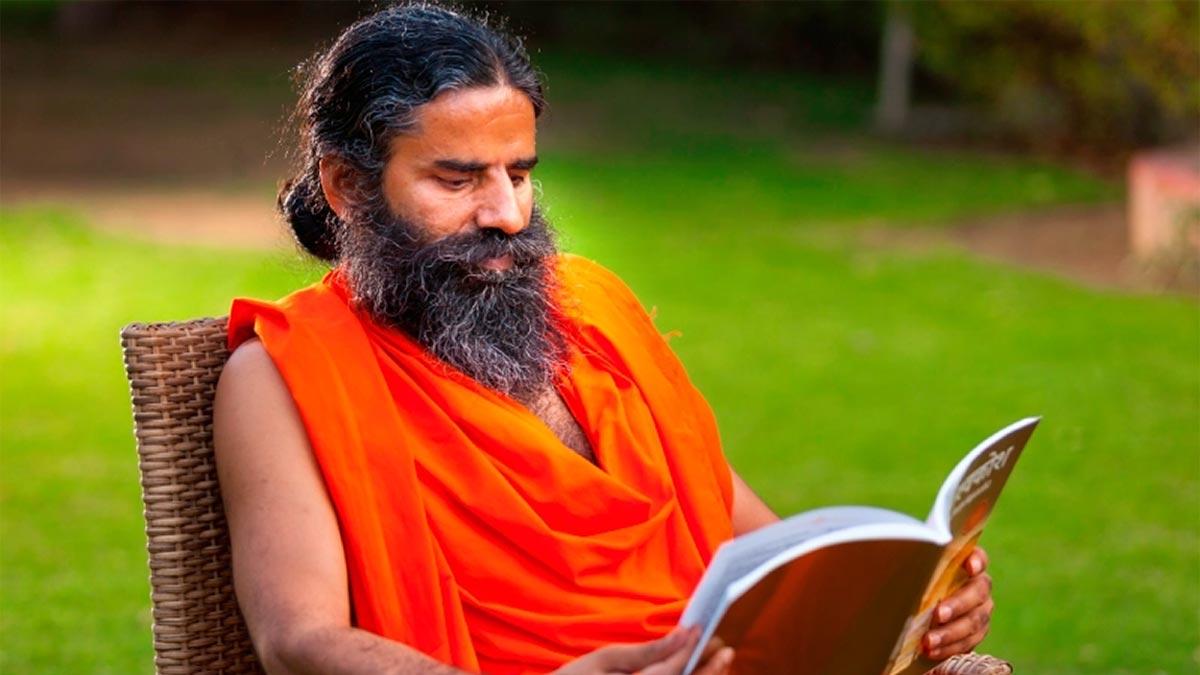Holi is a significant festival that celebrates the triumph of good over evil and the arrival of spring. It is a time when people forget their differences and come together to spread love and happiness. Holi, the festival of colors, is also a symbol of unity and inclusivity, as people of all religions and communities in India and Nepal participate in its celebration. The throwing of colored powder and water on each other during Holi is a way to break down barriers and promote harmony and friendship. Holi is a festival that celebrates life, love, and the diversity of humanity, and its significance goes beyond its religious roots. What is the historical background of Holi? When and how did it start? Here're 10 historical facts related to the celebration of the 'festival of colors'
1. The history of Holi dates back to ancient Hindu mythology, where it is believed to have originated from the legend of Holika and Prahlad.
2. According to the legend, Hiranyakashipu, a demon king, wanted to be worshiped as God and demanded that his son, Prahlad, also worship him instead of Lord Vishnu.
Also read |Holi 2023: Top 10 Holi songs that must be on everyone's playlist this year
3. However, Prahlad refused to worship his father and remained devoted to Lord Vishnu. This angered Hiranyakashipu, who decided to kill his son.
4. Hiranyakashipu's sister, Holika, had a boon that made her immune to fire. She agreed to sit in a burning pyre with Prahlad on her lap, with the belief that Prahlad would burn to death while she would remain unharmed.
5. However, Lord Vishnu intervened and saved Prahlad, while Holika was burnt to ashes. This event is celebrated as Holika Dahan, which is the day before Holi.
Also read |Holi 2023: 8 Bollywood movies that bring back the vibes of 'festival of colours'
6. Another legend associated with Holi is the story of Lord Krishna and Radha. It is said that Lord Krishna, who had a dark complexion, was jealous of Radha's fair skin. His mother suggested that he apply color on Radha's face to make her look like him.
7. Lord Krishna, along with his friends, smeared Radha and other gopis with colored powder and water, and this tradition came to be known as Rangwali Holi or Dhulandi.
8. The festival of Holi has also been associated with the harvest season in some parts of India. It is believed that the colors of Holi represent the colors of spring and the blossoming of flowers.
9. Holi is also said to have originated from the ancient festival of Kamadeva, which celebrated the Hindu God of love. This festival was later merged with Holi.
10. Over the years, Holi has become a symbol of unity, joy, and love, and is celebrated by people of all religions and communities in India and Nepal. It has also spread to other parts of the world with significant Indian populations.


















